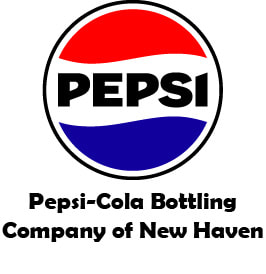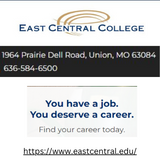Journalism has gone through three phases: how to write a story, how to write different types of stories, and exploring different writing styles. When learning how to write a story, the students learned the different elements that make up an article. The students also learned how to come up with interesting headlines, circle-kicker closings, and catchy introductions to lead into articles.
Next, the class learned how to write news, sports, and feature stories, which are most common on the school website. An example of a news story is “Shamrocks Defeat Dutchmen,” which is also a sports story; the two categories tie in together. “My favorite type of stories to write are basketball stories. I don’t play the sport, but I know a lot about it and how to pick out important details and write about them,” comments Abby Perdue. Feature stories allow journalists to pick their own topic, sometimes. The piece can be anything from introducing the new teachers to plans on Valentine`s Day.
Towards the end of the first semester, journalists wrote their own editorials, which consist of the writer’s opinion supported with facts. An example would be, “Bod Mod Judgment,” written by Alex Madden. Coming back from winter break, the class covered trends of 2014. A trend story includes why people like certain objects, songs, and fashion trends. One of the trend stories written in class was, “Braids are Back,” by Kathy Jasper. Recently, reviews became the topic of discussion amongst the class; anything from television shows, movies, and books has been covered.
Now, the class is reading the classic novel A Separate Peace written by John Knowles. Journalism is all about writing, but to become a good writer, one must read good writing. The book is set during World War II and covers the adventures of some friends one summer at a boarding school. Robbie Cichon commented on the novel, “I think the story is interesting; every page makes me want to read it more. It’s hard not to read the book all in one go.”
Not only do the fifteen journalists take part in the making of the website, students, coaches, and teachers have all contributed to making the website what it is now. The website was built as a collaboration between the TV video and journalism class. Each student had a say in what would go into the website, whether it was naming categories or creating a personal bio located on the staff page. Kayla Watson, the creator of the website, commented, ”I put everything on the website; now I put in who wrote what articles, link it to the staff page, and input videos to the website.” The TV Video class is responsible for the videos that are found on the site.
One important aspect of the writing process for a journalist is to gather information on topics from the people involved. If a journalist is interested in one person’s opinion, he or she must interview a single person. On the other hand, when several opinions are needed, it is easy to send out a Google Form to the student body and sometimes teachers. Risa Allen, a journalist, commented on the forms, “The people that do respond give good replies, but when I do send a form out, I get about half of the responses than I actually send out.” It is a common belief that the forms become overwhelming, but if one wants his or her opinion out there, forms are his or her voice.
In this first year, roughly 140 stories have been published, and the journalists are significantly improving as writers. With journalism and the website, the students are now able to have a voice directed towards their community that they did not have before.
-Paige Adams and Kathy Jasper




 RSS Feed
RSS Feed